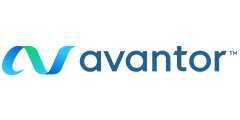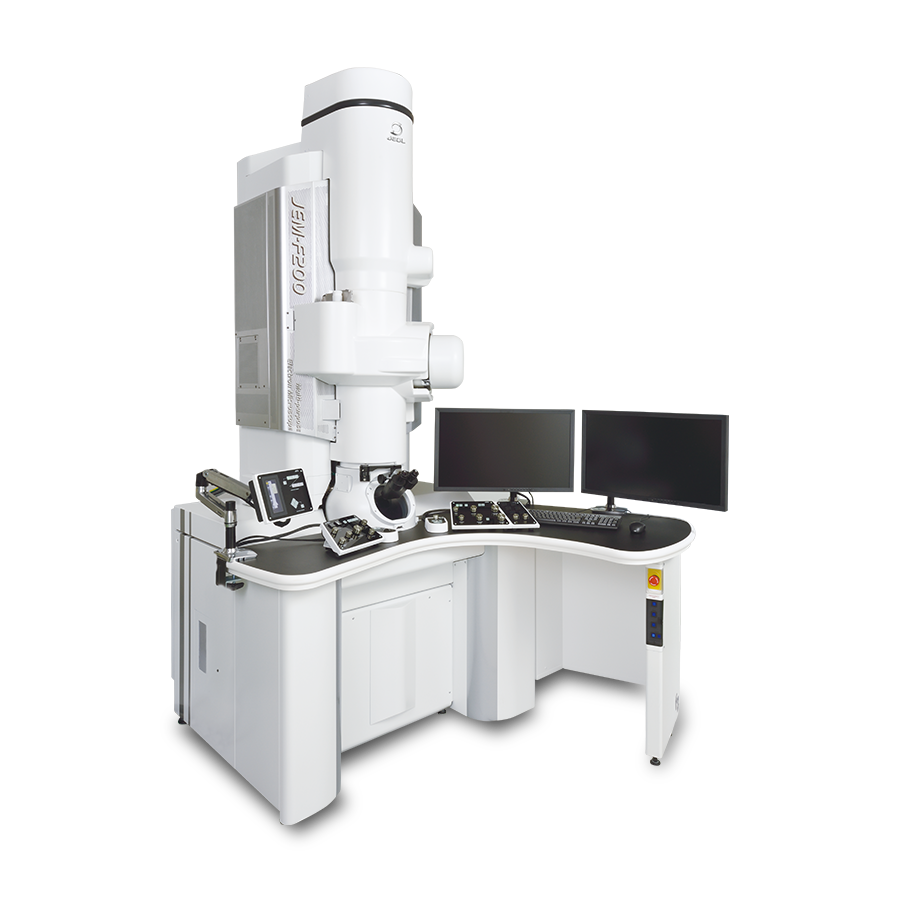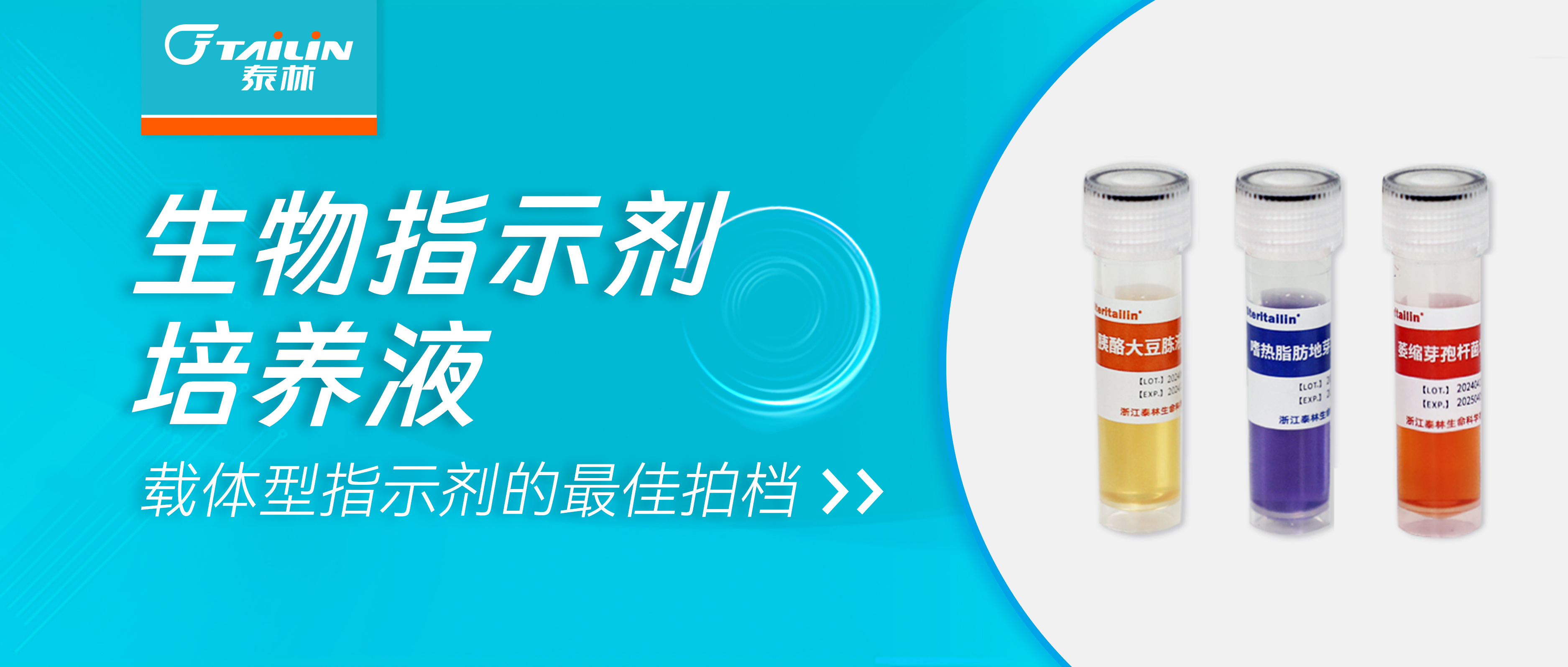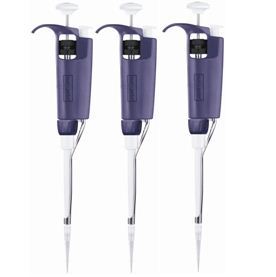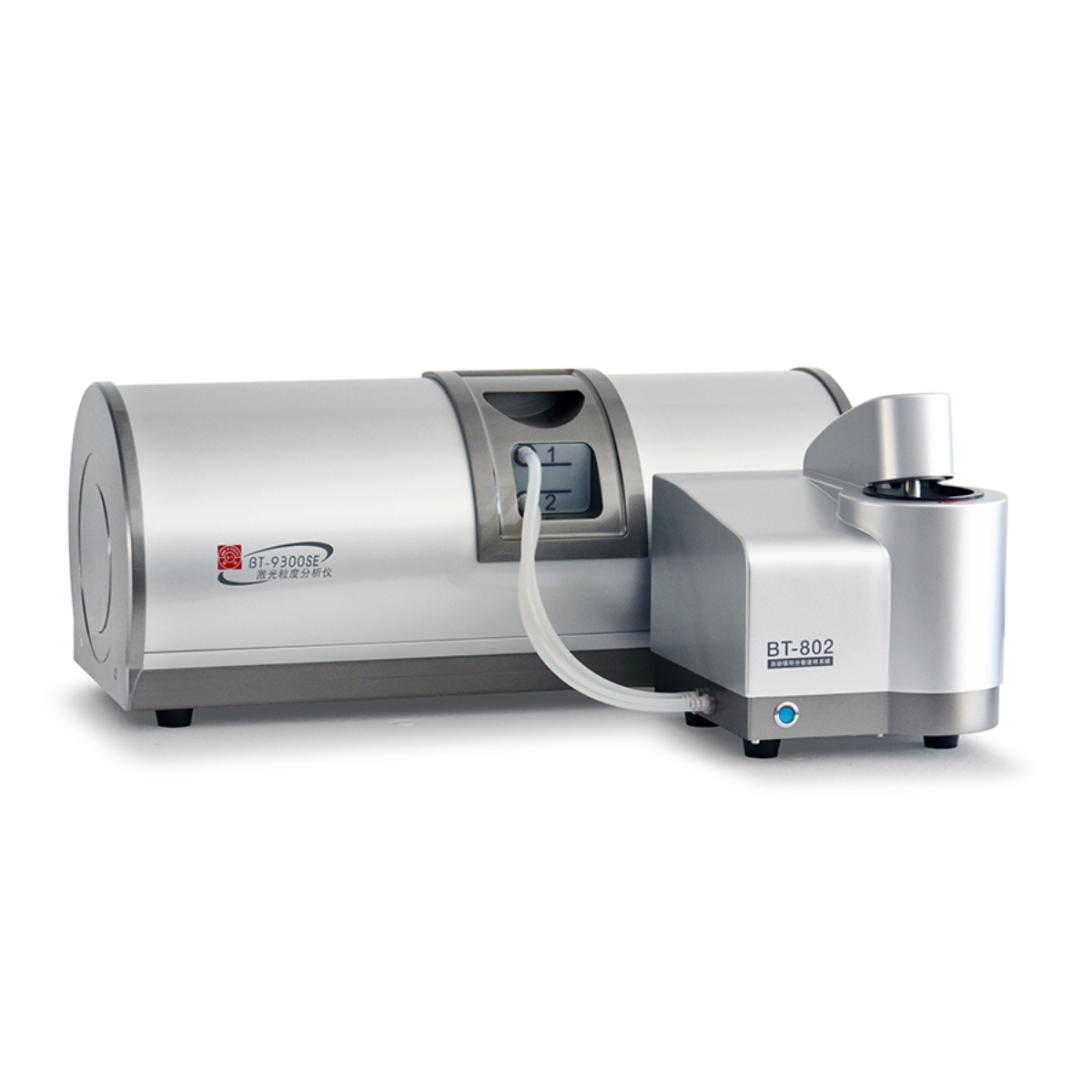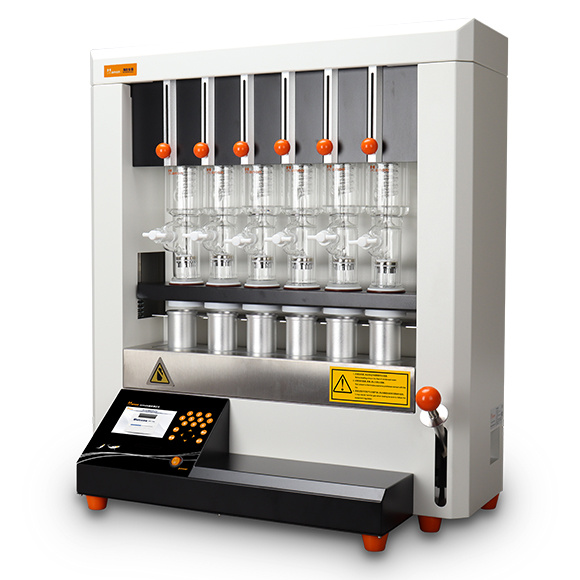J.T.Baker的历史与故事
Purity by the ounce
J. T. Baker’s dissatisfaction with flawed research material refined the chemical industry.
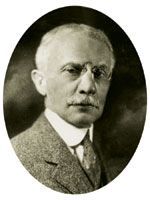
John Townsend Baker (1860–1935)
MALLINCKRODT BAKER, INC.
In the 18th and 19th centuries, purified chemicals (here defined as manufactured to grade and to specification) were most often prepared by individual chemists for their own needs or were obtained through exchanges with others. Not until the mid-19th century did the increasing pace of scientific research and instruction, the application of chemical analysis in industry, and the burgeoning photographic and pharmaceutical industries encourage the birth of a purified chemicals industry in Europe and especially in Germany.
In the United States, until the 1880s, nearly all purity chemicals were imported. The transition from reliance on inadequate and frequently defective imported chemicals to domestic production came about largely because of the persistence and vision of John Townsend Baker, Edward Hart, and George Purseglove Adamson, the founders of the J. T. Baker Co.
Necessity, the Mother . . .
Baker was born in 1860 in Orange, NJ, earned a B.S. in chemistry from Lafayette College in Easton, PA, in 1882, and earned an M.S. from the same department in 1884. During his college years, Baker’s chemistry curriculum required reagents and fine chemicals for laboratory analysis, and he was vocal about his dissatisfaction with imported products that often contained impurities despite labels marked “CP” for chemically pure. After rejecting one of his experiments, one of Baker’s professors laughed and said, “Well, young man, if you are so smart, why don’t you make your own chemicals!” The remark must have nettled Baker, but it was also prophetic. Hart, head of the Lafayette chemistry department, supported Baker’s subsequent venture to manufacture truly pure chemicals. In fact, Hart was Baker’s first investor: He gave his student $500.
Hart’s climb to professorship had many twists and his contributions to chemistry in the United States were many and varied. Born in 1854, by the age of 18 he had graduated from the Doylestown (PA) English and Classical Seminary, worked as a surveyor and writer of deeds, studied law in the office of an uncle for two years, and explored chemistry in a laboratory in his mother’s garret. Around 1872, he entered the private laboratory of Thomas Messinger Drown in Philadelphia as a student and assistant. In 1874, Drown was called to Lafayette College as a professor of analytical chemistry, and Hart accompanied him, first as a student, then as an assistant, and later as a tutor in chemistry. He received a fellowship to Johns Hopkins University (Baltimore) and earned a Ph.D. from that institution in 1878, whereupon he rejoined the staff at Lafayette as adjunct professor of general chemistry. Baker was one of his first students.
Rough and Rolling
In 1882, and for the sum of $10 a year, Baker and Hart rented an acre of rough land just a short walk from the Lafayette College campus. The land was full of springs, which supplied abundant water, and the two men erected some rough shacks wherein they built furnaces and began to produce a large number of salts and several acids, among which were chemically pure hydrochloric, nitric, sulfuric, acetic, sulfurous, and ammonium hydrate. In a memoir, Hart described the beginnings of the joint venture: “After two years our operations began to show a profit, but we had exhausted our capital and found our producing capacity too little.”
Soon Adamson, another of Hart’s students, arrived on the Baker business scene. Although two years behind Baker at Lafayette, Adamson had just what Baker and Hart lacked: money available from his well-to-do Philadelphia family. He contributed $2000 to the Baker and Hart enterprise and became a full partner in the business. The infusion of fresh capital became a catalyst for growth. During the summer of 1884, the Easton Daily Free Press reported, “The young and enterprising gentlemen do all the work themselves and guarantee their goods. They have met with good sales and an extended and no doubt profitable future awaits them.”
Baker, Adamson, and Hart incorporated in 1890 as Baker & Adamson Chemical Co., with three equal partners and $150,000 in starting capital. Business was brisk, but prices were falling and an expanding community became aware of—and annoyed with—the chemical fumes. It was time for a move to five less-populated acres near the Lehigh River, about two miles from the campus and, more importantly, near the railroad. Brick buildings and some wooden sheds housed an expanded acid distillation system described by Hart: “We spent much money in experiments. Our lot was full of board shacks containing them, and we made steady and rapid progress. We were young, full of enthusiasm, and able to work 15 hours of the 24.”
According to Hart, Baker deserved a great deal of the credit for the company’s inventions. “He had a large share in many patents taken out in the names of others,” Hart wrote. “He worked out the details and persevered until success was attained . . . after others had abandoned hope.” Hart described development of the ceresin bottle, patented by the three partners, that earned Hart the John Scott Medal of the Franklin Institute. The invention allowed hydrofluoric acid to be packed for sale in small sizes; it remained state-of-the-art until the 1950 development of the polyethylene bottle.
Not surprisingly, the consistent quality of the Baker & Adamson products and the growth of the CP industry in the United States attracted the notice of a much larger firm, the General Chemical Co. Hart was initially against selling out to the larger company, but eventually the transaction was completed and all three became executives at General Chemical. According to Hart’s writings, “I was opposed to this [sale], but my partners insisted. Subsequent events have shown that I was correct and we might have developed a great business had we retained it.”
Although Hart and Adamson settled into their new positions, Baker quickly realized that he was ill suited to being part of a large organization. He was still driven to put into action ideas that others thought were too difficult. In other words, he needed to run his own company.
Baker raised $100,000, and, in May 1904, he founded the J. T. Baker Chemical Co. on the New Jersey bank of the Delaware River. It didn’t look very impressive: Little more than 20 employees in 6 wooden buildings produced acids and common chemical salts. But it was here that Baker carried out his ideals: He told his people that their standard was “the highest degree of purity commercially possible.”
“Baker’s Analyzed Chemicals”
In his effort to distinguish his new company from other chemical producers and convinced that users would benefit by knowing exactly what they were purchasing, Baker decided that the labels on his company’s chemical bottles would describe significant impurities and list the precise amount of each. His new technique took a representative sample from every lot of chemicals—whether a pound or a ton—and analyzed it. The analysis and a lot registration number were printed on “Baker’s Analyzed Chemicals” labels. Moreover, samples and carefully kept records meant that any single bottle of chemicals could be rechecked years after it was sold. His idea was fruitful: The company’s meticulous analyses proved to be key to its ultimate worldwide success.
World War I challenged the J. T. Baker Chemical Co. and the rest of the U.S. chemical industry to produce materials for munitions and medical treatment. Because Germany had been the world’s major (and superior) manufacturer of chemicals, U.S. firms were forced to produce many chemicals they had not previously attempted.
In the early 1920s, the company’s higher wartime plant capacity was converted to supply process materials and pharmaceuticals to U.S. industries. Baker, now in his sixties and nearing retirement (he gave up the reins of the presidency in 1926), still contributed to improved manufacturing technology. He pioneered the use of tantalum and titanium-lined equipment for the production of pure acids and the convenient pellet form of potassium and sodium hydroxide used in every lab. His portfolio of patents was impressive. After retirement, Baker became chair of the board and stayed active in the operation of the firm until his death in 1935 (he died on a golf course in Lake Wales, FL).
Purity by the Ton
Following its expansion into pharmaceutical chemicals, the J. T. Baker Chemical Co. explored the market for so-called industrial chemicals of a higher grade than normally made and used in high volumes. Laboratory chemical production methods were adapted for large-scale production, beginning with sodium tungstate and stannous chloride. By the late 1920s, about 30 chemicals were being produced by the company in bulk. Purity by the ounce had become purity by the ton.
In 1941, 10 days after the attack on Pearl Harbor, the J. T. Baker Chemical Co. was purchased by the Vick Chemical Co., which had acquired Merrill Pharmaceutical in 1938. Vick Chemical was renamed Richardson Merrill in 1960 and retained ownership of J. T. Baker until Procter & Gamble acquired Richardson Merrill in 1985. In 1995, Mallinckrodt Chemical acquired J. T. Baker to create Mallinckrodt Baker, Inc. When Tyco International purchased Mallinckrodt, Inc., in October 2000, Mallinckrodt Baker became one of the businesses of Tyco Specialty Products.
At the time of Baker’s retirement, the company’s annual sales were a little over $1 million and more than half of its business was in laboratory reagents and the rest in pharmaceutical and fine chemicals. About 100 employees worked at a single plant that supplied more than 1600 chemicals.
Today, 1000 Mallinckrodt Baker employees work at five ISO 9000-certified manufacturing locations in Mexico, supplying more than 10,000 products. Sales are in the hundreds of millions of dollars. Since its founding, the company has always sought markets that demand the highest purity. To that end, Baker’s legacy, Mallinckrodt Baker, Inc., has now established a strong presence as a supplier to the high-growth and high-tech markets of semiconductor manufacturing and biopharmaceutical production.
更多![]()
新冠病毒核酸检测假阴性/假阳性问题探索及解决方案
新品
2020.02.21
支持大规模设备更新行动方案,将传统氮吹仪更新为常压闭路快速蒸发浓缩系统
厂商
2024.06.11
“日本电子(JEOL)透射电子显微镜培训班” 通知
厂商
2024.07.24
载体型指示剂的最佳拍档 I 生物指示剂培养液
新品
2024.07.26

